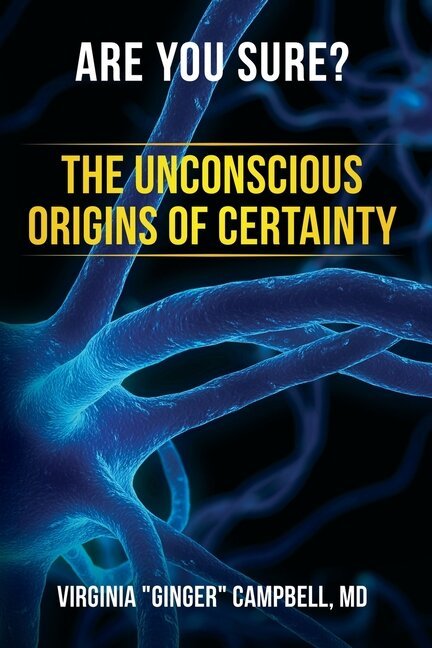Episode 26 of the Brain Science Podcast is an interview with Dr. Norman Doidge, MD, author of The Brain That Changes Itself: Stories of Personal Triumph from the Frontiers of Brain Science (2007). Dr. Doidge and I agree that neuroplasticity is the most important discovery about the brain that has been made in several hundred years. In his interview, Dr. Doidge talks about some of the obstacles that delayed this discovery including what he calls the "plastic paradox," which is the fact that plasticity itself can contribute to the development of rigid behaviors, including addictions and bad habits.
The Brain That Changes Itself includes the work of the key scientists of neuroplasticity. In my conversation with Dr. Doidge, we talked about the work of Paul Bach-y-Rita, Edward Taub, and VS Ramachandran. Dr. Doidge also shared how his own work is being affected, and why he thinks neuroplasticity has the potential to lead to more important discoveries.
I will be talking to Dr. Taub in Episode 28. If you are new to the Brain Science Podcast, you may want to go back and listen to Episode 10, which is where I first introduced neuroplasticity in my discussion of Train Your Mind, Change Your Brain: How a New Science Reveals Our Extraordinary Potential to Transform Ourselves, by Sharon Begley.
You can learn more about Dr. Doidge's work at his website: http://normandoidge.com
How to get this episode:
Premium Subscribers now have unlimited access to all old episodes and transcripts.
Buy mp3 for $1.
Buy Transcript for $1.
New episodes of the Brain Science Podcast are always FREE. All episodes posted after January 1, 2013, are free. See the individual show notes for links the audio files.












